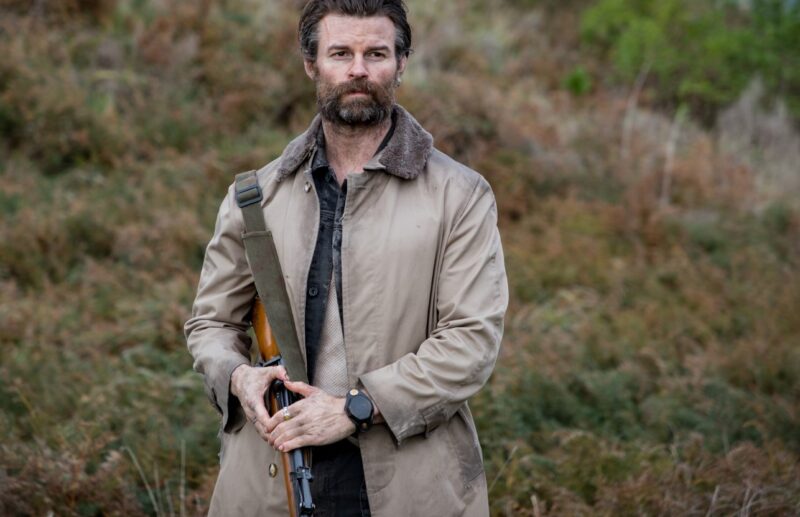The movie is a story about a young woman who returns home to care for her dying father and finds herself struggling with the personal demons that she has been running from.
Coming Home in the Dark is a movie review of a new thriller that will keep you on the edge of your seat. The film is set in a small town and follows a police detective, who has to solve a murder case while also trying to protect his family from an unknown threat.
Coming Home in the Dark is the latest entry in what has been a banner year for the local film industry.
Great New Zealand films have a way of elevating and excavating existing genres to reveal a more nuanced, human, realistic, and sympathetic story than Hollywood could ever discover.
Owen Marshall’s excellent story lies at the core of Coming Home in the Dark. Two ostensibly random strangers kidnap and terrify a couple, but only after committing terrible crimes against them.
The tension between these – increasingly – feuding couples is always palpable. Pkeh is Hoaggie, and Mori is Jill. Likewise, their tormentors, Mandrake and Tubs. Mandrake, the leader, is Caucasian, while Tubs is Pasifika/Mori. The importance of this goes unmentioned, yet casting a film is not done on the spur of the moment. Ashcroft goes far beyond language to show us something we can’t describe through words as Jill tentatively reaches out to Tubs and is immediately shut off.
Because the bones of Marshall’s story are filled out, Coming Home in the Dark works. Over the years, the caricature of the mindless and motiveless psychopath may have been enough for some Americans and Australians. Still, when it comes to our real and imagined villainy in our country, we tend to be a bit more broody and introspective – even guilt-ridden. In Ashcroft’s world, no man is a monster, but monsters create some men. Adversity and sadism have produced Mandrake and Tubs.
Another group of campers arrives across the lake from where the family is being held at gunpoint only a few minutes into the family’s experience, and before anything irreversible occurs. Mandrake greets them with a joyful wave, and the rest of the family follows suit. “When you look back, you’ll realize that was when you could have done something,” Mandrake says to Hoaggie after the guests have gone, stressing that this is a story of consequences.
Hoaggie may have chosen not to be brave decades ago, and that choice has destroyed the lives of the boys, Mandrake, and Tubs. Mandrake is ready to punish Hoaggie with a terrifying symmetry since he has made the same choice once again.
A simple story has been created by Ashcroft and Kent. Still, a story like this is much more thrilling and gratifying than the nihilism and misanthropy that afflict this difficult genre all too often.
Everyone has attempted to make this story sing and resound, even Michael Haneke, but I think Ashcroft has succeeded. Even the ending, which some may find perplexing, will prompt further debate on the drive home.
The cast is fantastic. Hoaggie is played by Erik Thomson, Mandrake is played by Daniel Gillies, Tubs is played by Matthias Luafutu, and Jill is played by Miriama McDowell. McDowell and Luafutu are especially good at navigating choices and potential consequences without saying anything, while Gillies’ Mandrake is both literate and brutal.
Cinematographer Matt Henley uses realistic light sources to great effect in this mainly night-set film. Henley manages to make everything intelligible and, at times, perversely beautiful despite the fact that the action is often lit only by dashboards, approaching vehicles, candles, or splashes of street lights.
John Gibson (Rain of the Children) is a veteran composer who creates soundscapes that beautifully reflect these people’s dread, bravery, and fragility.
Coming Home in the Dark is a wonderful work of art that is both cruel and delicate. Take a look at it.
SCORE: 7 OUT OF 10
Coming Home in the Dark is a movie about a man who goes on a journey to find his wife, but has no idea where she went. The movie is set in a seemingly endless desert and is long and lean with an endlessly interpretable canvas.



